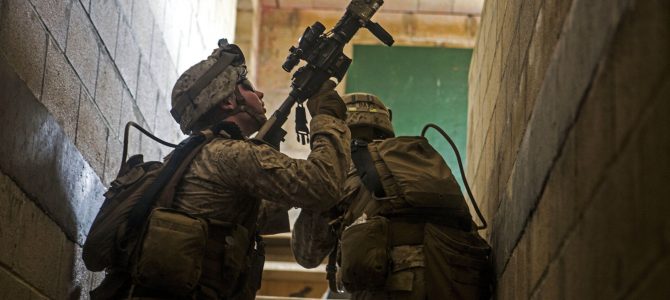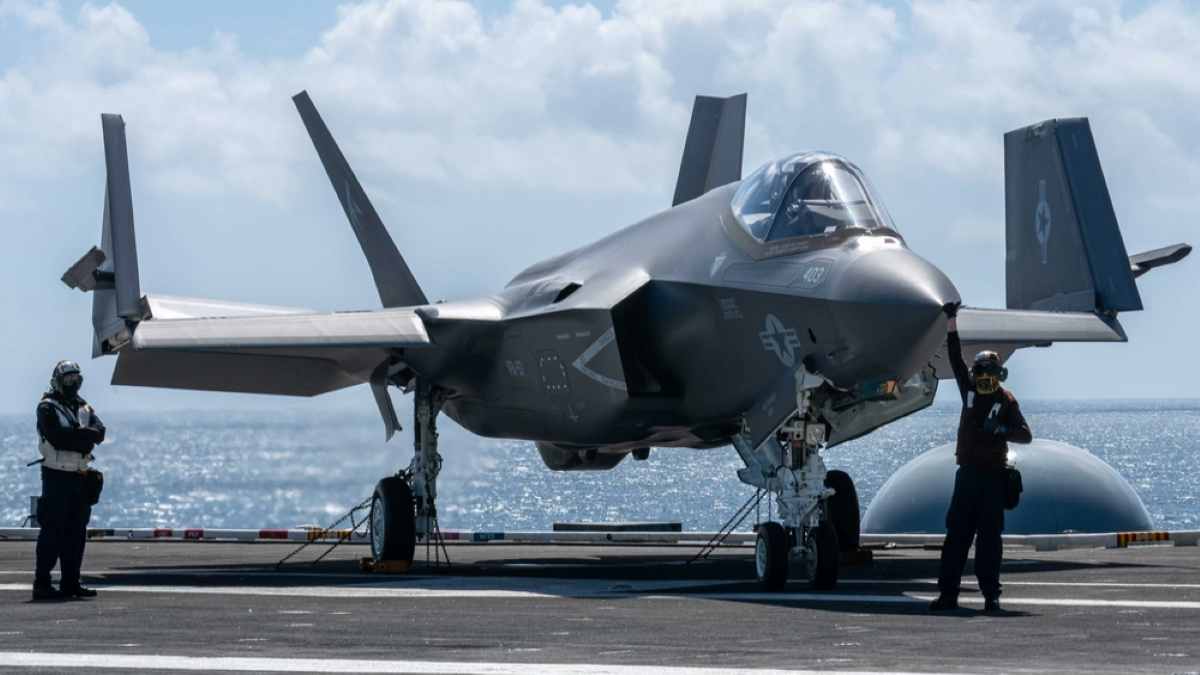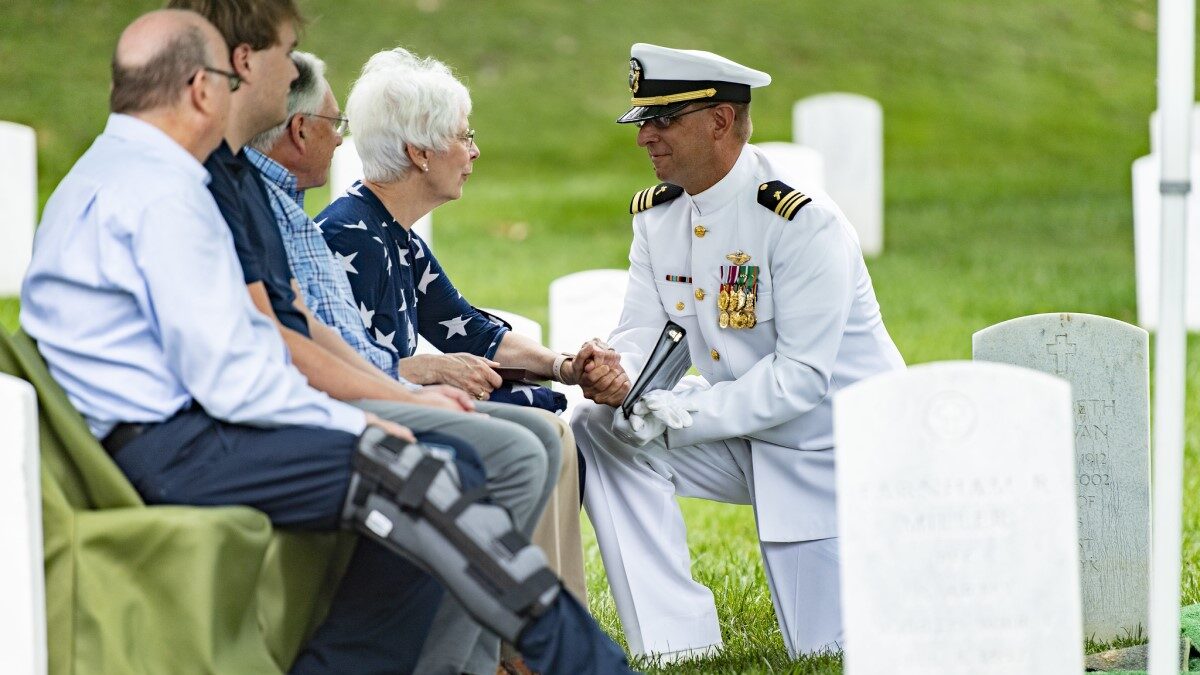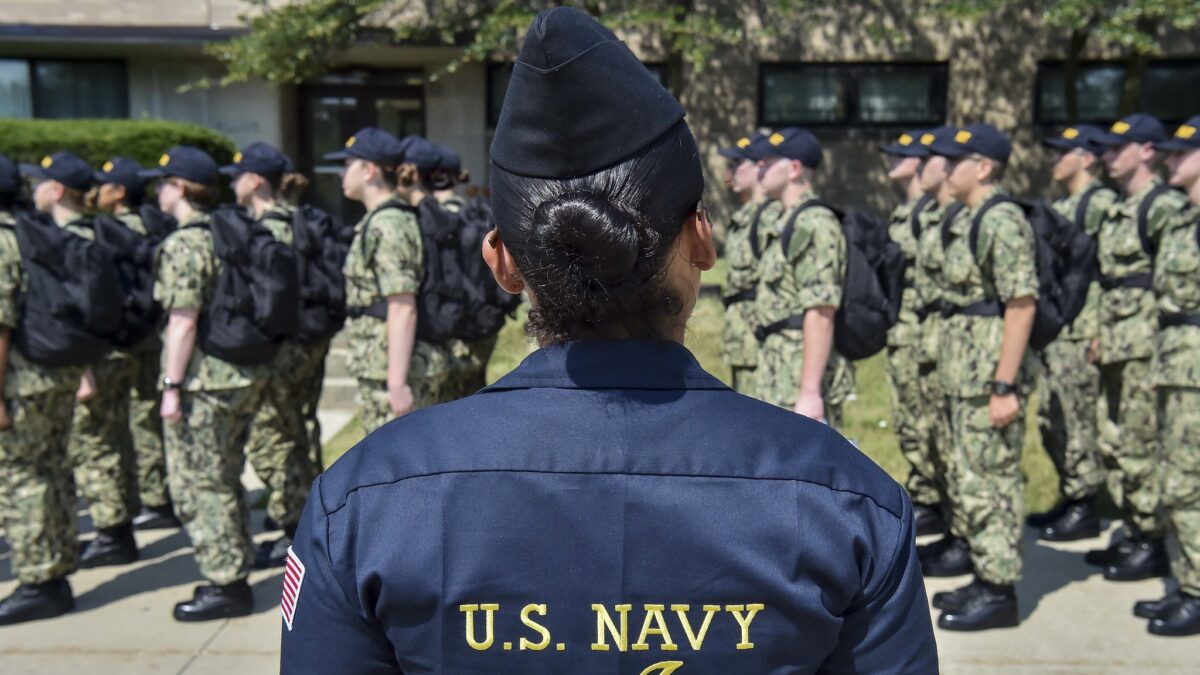
Senators Mike Lee (R-UT) and Rand Paul (R-KY) recently introduced the Military Humanitarian Operations Act, which “would require the president to receive congressional authorization before ordering the United States military on a humanitarian mission where hostilities are anticipated.”
Humanitarian military intervention should require its own authorization, separate from a declaration of war or invoking the War Powers Act, because it is not a circumstance where U.S. national security is threatened or the United States or U.S. forces have been attacked. Rather, it is a decision to commit military force against another state intending to stop human rights violations that state is perpetrating. As such, it requires its own bar that must be cleared.
Military Intervention Is Not a Linear Equation
Humanitarian military intervention presumes that applying U.S. military force will result in the desired outcome because advocates view such intervention in linear terms. That is, the outcome is a function of actions taken: if we do x then y will occur.
But humanitarian military intervention is actually a complex system comprised of multiple variables (some known and many unknown) and actors with varied (sometimes shifting) relationships that result in unpredictable consequences. Even when certain actions result in intended outcomes in the present, there are always negative effects in the future that can’t be avoided because they can’t be predicted and mitigated against in advance, i.e., the law of unintended consequences.
Moreover, human beings don’t always react as expected to the threat or use of military force. Thus, humanitarian military intervention will undoubtedly be more complex and difficult than proponents predict.
There is also the reality that using military force to advance humanitarian goals is ultimately oxymoronic because it ignores one unalterable fact: the use of military force kills people. Indeed, the U.S. military is supposed to be a warfighting machine intended to destroy and kill. As Secretary of Defense James Mattis said during his confirmation hearing, “[W]e have to stay focused on a military that is so lethal that on the battle field it will be the enemy’s longest day and worst day when they run into that force.”
Proponents of humanitarian military intervention assume that the U.S. military can protect people who are being killed. But doing so ultimately requires killing those doing the killing. However, this mistakenly assumes the interveners will be able to know who all the “right” people are to target. Even if the military uses remarkable skill and precision weaponry to target the perpetrators of violence, there will inevitably be collateral damage. However unintentionally, many of the “wrong” people will be killed.
So while advocates of humanitarian military intervention believe that the United States is performing a great and moral mission by using its military might to stop violence, those who lose friends or family as a result of U.S. firepower are not likely to see it that way.
Just Look to the Mess in Syria
In the case of the ongoing civil war in Syria, the problem of humanitarian military intervention goes beyond who to target. It also includes who to arm. Under the Obama administration, the United States sought to arm moderate, anti-Assad rebels with the goal of regime change. Yet some of those rebels have links to al-Qaeda. Different rebel groups—some armed by the Pentagon and others by the CIA—are fighting each other.
Indeed, Syria is a perfect example that humanitarian military intervention is not a linear function that can be solved by if x then y. Rather, it is a complex system with a myriad of interconnected and changing related parts, more like a kaleidoscope where the pattern changes completely and unpredictably when rotated.
There may be rare circumstances when humanitarian military intervention is warranted. An argument can be made that the genocide in Rwanda in 1994 was one such case. But not every case of killing of innocents, however brutal and tragic, is genocide and the United States cannot afford to involve itself in every humanitarian crisis around the world. Doing so risks not having the necessarily political will to act when extraordinary circumstances warrant.
Indeed, one of the reasons that the United States failed to act in Rwanda was the disastrous “Blackhawk down” American military operation in Somalia—a humanitarian military intervention mission that was neither vital nor important to U.S. national security interests—that resulted in the deaths of 18 Army Rangers.
Moreover, U.S. military resources are finite. Using them for humanitarian military intervention means they can’t be used for other necessary missions and risks wearing them out, in the extreme case, to the point where they aren’t available or at full strength when truly needed for U.S. national security. That is exactly why the president must provide compelling justification and receive authorization from Congress to send U.S. troops into harm’s way when U.S. national security is not at stake.









